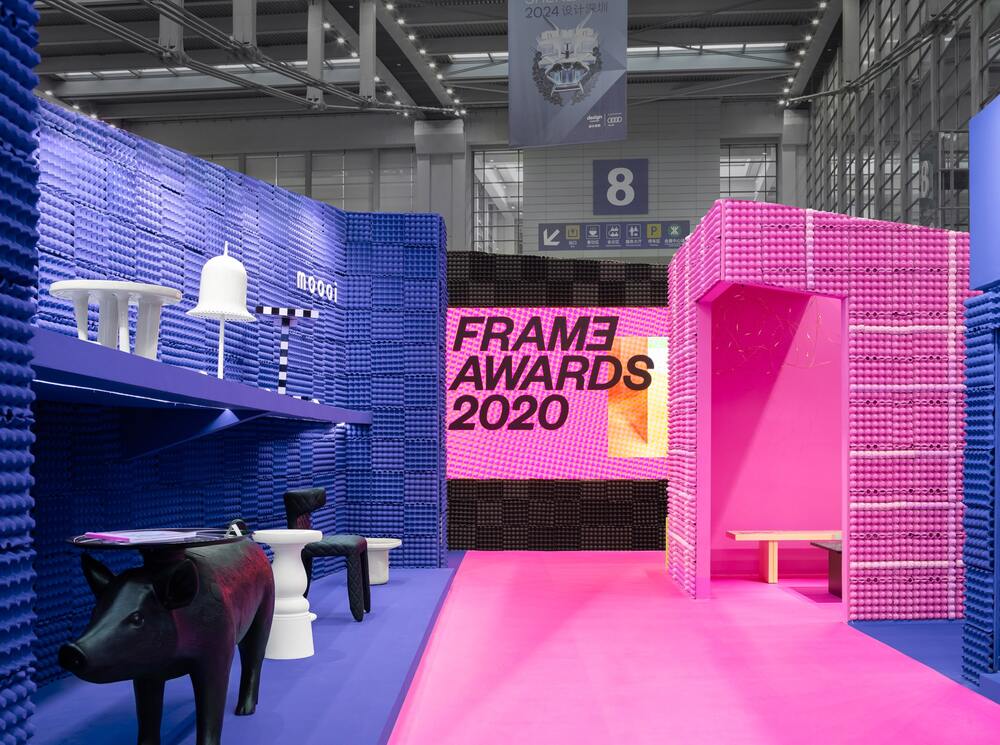- Home
- Articles
- Architectural Portfolio
- Architectral Presentation
- Inspirational Stories
- Architecture News
- Visualization
- BIM Industry
- Facade Design
- Parametric Design
- Career
- Landscape Architecture
- Construction
- Artificial Intelligence
- Sketching
- Design Softwares
- Diagrams
- Writing
- Architectural Tips
- Sustainability
- Courses
- Concept
- Technology
- History & Heritage
- Future of Architecture
- Guides & How-To
- Art & Culture
- Projects
- Interior Design
- Competitions
- Jobs
- Store
- Tools
- More
- Home
- Articles
- Architectural Portfolio
- Architectral Presentation
- Inspirational Stories
- Architecture News
- Visualization
- BIM Industry
- Facade Design
- Parametric Design
- Career
- Landscape Architecture
- Construction
- Artificial Intelligence
- Sketching
- Design Softwares
- Diagrams
- Writing
- Architectural Tips
- Sustainability
- Courses
- Concept
- Technology
- History & Heritage
- Future of Architecture
- Guides & How-To
- Art & Culture
- Projects
- Interior Design
- Competitions
- Jobs
- Store
- Tools
- More

A two-bedroom, one-living room apartment in the bustling heart of “Magic City” transforms into an immersive art installation.
Wutopia Lab converted a vacant two-bedroom, one-living room, one-bathroom apartment in Shanghai’s Jing’an District into an experimental space called Wuto-space, which officially opened on February 16, 2024.

Table of Contents
ToggleDisobey
The design process began in 2021, but I hadn’t decided on the final concept at that time. However, I knew I wanted to break away from the typical apartment layout. Over the past 30 years of rapid real estate development in China, people have been placed into similar housing models. I wanted to explore different possibilities.

Fear
During Shanghai’s lockdown in 2022, I had ample time to contemplate this design. Emotions can drive the design process, and in those two months of confinement, I had plenty of time and capacity to think about fear—a fear of the unpredictable future. Wuto-space can be a place to observe, release, understand, confront, or accept fear.

Side A and B
I divided the apartment along the longitudinal wall into two sides: A and B. Side A includes the living and dining rooms along with the south balcony, the kitchen, and the north balcony. Side B consists of the two bedrooms and the bathroom.

The Ideal Life
Behind the ubiquitous security door in the apartment, I installed a second silver door. Hidden behind the signage of Wuto-space lies Side A, representing the ideal living space.
The micro-cement living and dining room serves as an art gallery. At the center sits a large table made from recycled ocean plastic. Due to the soft nature of the plastic, the tabletop gently undulates, resembling waves of the sea within the room.

The columned portico in the room draws inspiration from the film “Macbeth.” It replaces the common built-in furniture and TV walls found in apartments, serving as an indoor architectural feature. Behind the portico, perforated aluminum painting in Klein Blue replace the television. These panels serve as a tribute to my youthful dreams, commemorating my unsuccessful bid for the Shanghai Center.

I believe that breaking the stereotype of a two-bedroom, one-living room apartment is an attempt to prove that architecture can awaken us from our numbness. The first step is acknowledging my fears—fear of death, poverty, aging, loss of thought, and consciousness. I use Wuto-space to understand and confront these fears, ultimately transforming it into living proof of my contemplation, to create more thoughts.
illustrarch is your daily dose of architecture. Leading community designed for all lovers of illustration and #drawing.
Submit your architectural projects
Follow these steps for submission your project. Submission FormLatest Posts
Renaatus Irumathi
Nestled on the eastern shores of Hulhumale’, Renaatus Irumathi Residence greets each...
White Khamovniki
The project is based on the idea of a building as a...
Millennium Horizon
The future cityscape Millennium Horizon is a groundbreaking architectural project envisioned for...
Frame Show
Discussions about art in the past focused on advocating for its integration...































Leave a comment